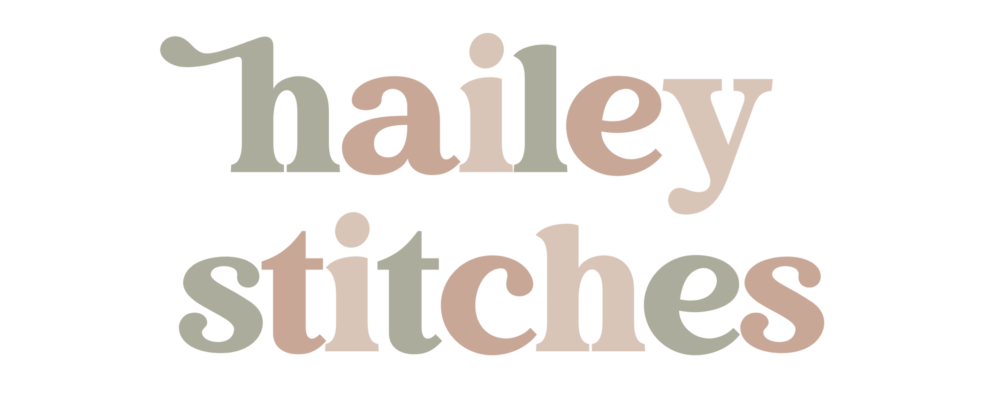How to Back Stitch in Cross Stitch

In today’s tutorial you’ll learn how to complete a back stitch. A back stitch in cross stitch is a series of straight lines typically used as a way to outline a pattern. It is also a great method for stitching letters and numbers. It’s the perfect companion to the cross stitch and it’s a must-know for every stitcher that wants to expand on their stitching knowledge. While not every pattern will call for back stitching, it’s a great little stitch to have in your back pocket for when you need it.

When should you back stitch?
You should back stitch wherever your pattern calls for it. It’s usually denoted in the pattern with a straight line. Back stitching should be done last, after all of your cross stitches are complete. If you back stitch first, then your cross stitches may cover up the back stitch lines and disrupt those clean and defined lines that you’re looking for.
If you are not following a pattern, you can use back stitching to outline the main design elements of your pattern or to draw attention to a certain part. Adding back stitching into your design can really take your design to the next level.
How many strands do you use for back stitch?
The back stitch can be stitched with one or two threads. Your pattern will let you know how many strands to use. For a darker and more bold outline, use two threads. For a lighter and more subtle look, use one thread. You can always play around with what you think looks best and even use one strand in one part of the pattern and two strands in another to add more dimension. I love the back stitch because it’s so flexible and you can add as much or as little as you’d like!
How do you back stitch?
If you are stitching your back stitch with two strands of thread, you can start your back stitch by using the loop method. Head over here if you need an in-depth loop method tutorial. If you’re stitching your back stitch with one strand, you can start your back stitch with a knot.
Back stitching is really quite simple once you get the hang of it. This photo tutorial will help you learn the steps.

Step 1: Anchor your thread to your project by using your preferred method. The photo above shows the project started with the loop method. This is my recommended method if you’re back stitching with two threads.
Step 2: Insert your needle into the next stitch over from the back of the project.

Step 3: Stitch down into the hole to the left of the hole you just stitched through. This “backwards” stitching is where the back stitch gets its name.

Step 4: Repeat steps two and three until you’ve completed every back stitch that your pattern calls for.
A video tutorial will be coming soon!
You can move from left to right, up or down, or diagonally while you are back stitching. If you are following a pattern, a back stitch is typically shown with a straight line. Follow the pattern to know exactly what holes to stitch in.
Sometimes your back stitch will need to carry over more than one stitch. It’s okay to carry the back stitch over more than one stitch, and you may even prefer how it looks!
How do you secure a back stitch in cross stitch?
There are a few different ways you can secure your back stitch when you are done stitching. The first, is to finish your thread as usual. If your back stitch is next to any finished cross stitches, you can run your thread under the back of 3 or 4 of these stitches to secure the thread.
If there are no surrounding stitches, you’ll have to get a little creative to keep things from unraveling. Typically, I like to turn my project over and run my thread under the loops that the backstitch created. I would suggest running your thread under the back of the already stitched back stitches 3 or 4 times. If you are worried about the thread coming undone, you can always create a knot to make sure it holds.
One of my favorite trends that I see on social media is when folks post pictures of their cross stitch pieces before the backstitching and after. It truly makes such a difference! Try it for yourself and see!
You should be able to complete your back stitching with ease after this tutorial. Be sure to Pin this resource to your Pinterest board so you’ll be able to come back to it whenever you need a quick refresh! Join my newsletter to receive more beginner cross stitch and quilting tips and tutorials!
xo, Hailey
